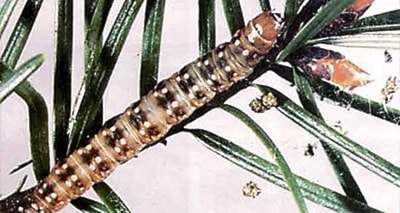By Cam Fortems
Kamloops This Week
For the first time in nearly two decades, the province is unlikely to mount an insect-spray program next year to protect forests in the Thompson region and other parts of the Southern Interior.
The lack of a spray program is not due to budget cuts, but due to what an entomologist with the Ministry of Forests and Natural Resource Development called “a lull” in what otherwise has been a regular annual spray program aimed at pests including spruce budworm and tussock moth.
The Ministry of Forests and Natural Resource Development has completed fall sampling and aerial surveying for insects and evidence of damage.
“It’s kind of a lull year,” said Lorraine Maclauchlan, an entomologist with the ministry based in Kamloops.
“There’s bark beetles and defoliators, but it’s reminiscent of 1995 and ‘96.”
One year later, in 1997, marked the first year of a mountain pine-beetle explosion that killed an estimated 90 per cent of mature pine in the Thompson valley.
But, unlike 15 years ago, there is no looming crisis following this lull.
“Tussock moth and budworm has declined to a level where I don’t think we’ll have a spray program next year,” Maclauchlan said.
That would mark the first year since 1995 with no aerial spray program in the region.
Prior to that, Maclauchlan said, spraying was done annually dating back to the late 1980s.
Spraying of Btk, a naturally occurring organism, to combat defoliators is intended to reduce economic damage to the province’s public timber resources.
The pests can kill juvenile trees and stunt growth of mature trees.
The insects are a natural part of B.C.’s environment and populations rise and fall in cycles.
While mountain pine beetle won’t make a return to the Kamloops area for at least a decade due to the lack of host trees, Maclauchlan said it is still having an impact in the northeast and southeast regions of the province.
